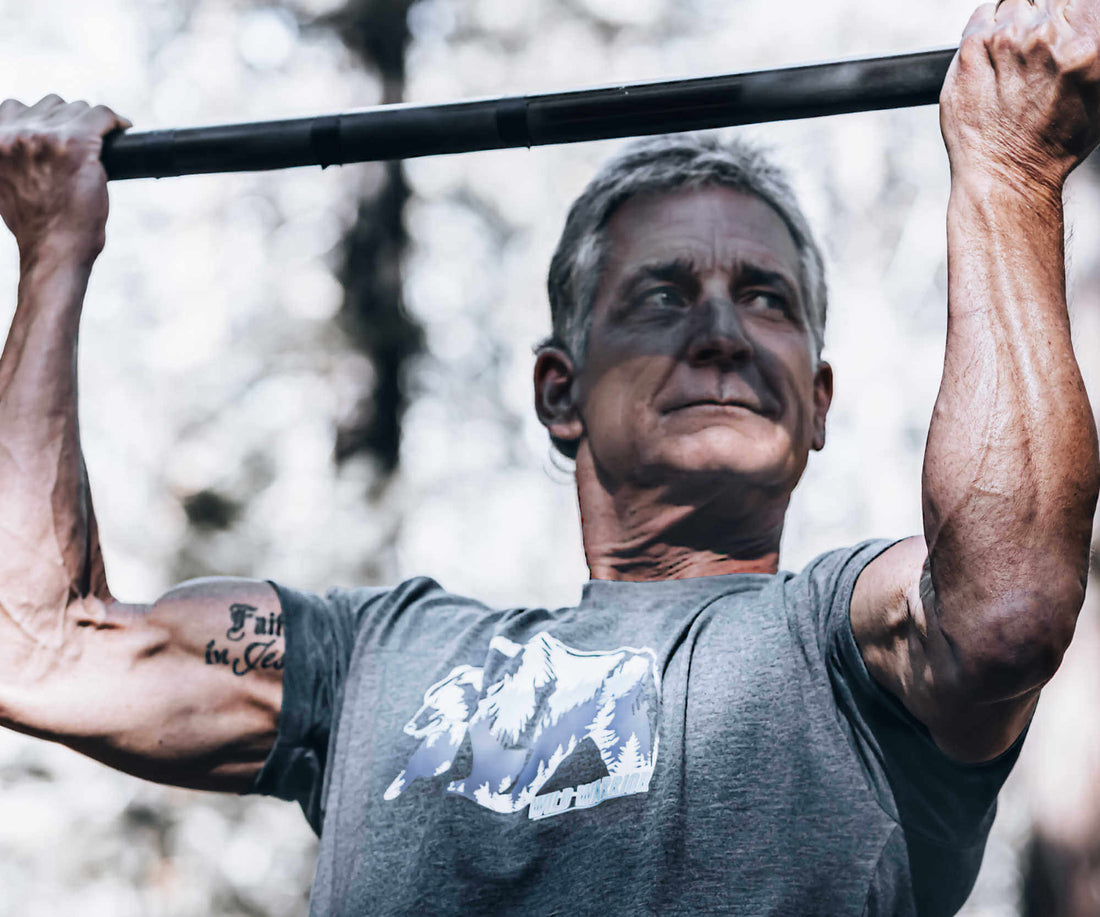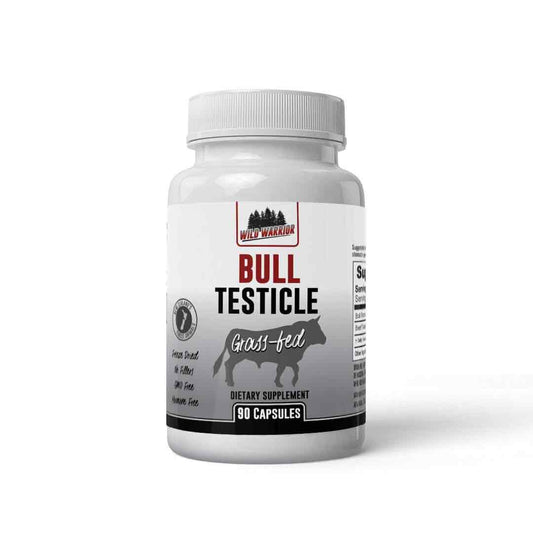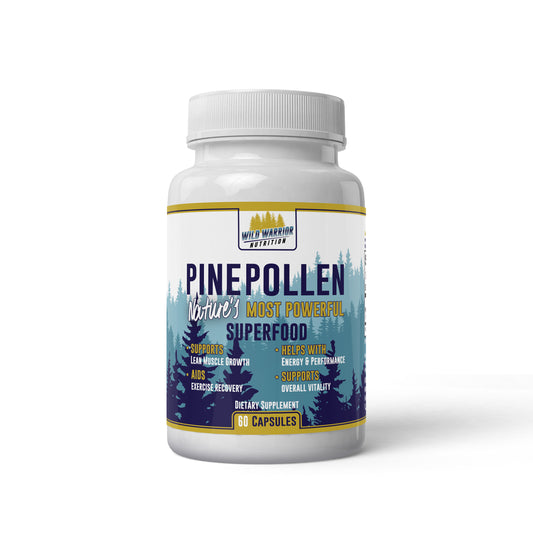How to Start Getting Into Fitness When You’re 50 and Beyond
It’s not always easy to get into shape, no matter how old you are. However, with the right mindset, some perseverance, and a good plan, you can do anything. Whether you’re 18 or 80.
But one of the major considerations for getting fit over the age of 50 is that your body isn’t adaptable as it was in your 20s or 30s, or even your 40s. Arthritis may be setting in, as well as a number of age-related conditions. It’s also physically harder to build muscle tone and cardiovascular strength as you get older.
That doesn’t mean you shouldn’t try to get fit and stay that way! In fact, it’s more important to stay fit the older you get.
Why Do You Need To Be Fit When You’re Over 50?
The physical, emotional and mental benefits of a fit and healthy body simply can’t be denied. This is true no matter what age you are.
As you get older, a strong body and regular physical activity can assist in a number of ways. You can delay and sometimes even prevent the onset of diseases that plague older people. These include high blood pressure, heart disease, stroke, arthritis, diabetes, osteoporosis and even Alzheimer’s.
In addition to this, the more active you are, the more likely you are to enjoy your life. You’ll be able to move more freely, making it easier to play with your grandkids if you have any, as well as allowing you to do more in your retirement—when you get there.
Exercise is known for helping to relieve stress, lighten your mood, and improve your outlook on life in general.
Tips For Getting Into Fitness As You Get Older
Now that you know why you should get yourself fit, let’s look at how to do it:
1. Consult Your GP First
At any age, if you’ve been sedentary for an extended period of time, you should always check with your doctor before you embark on any kind of exercise regime. This is especially important the older you get. Ask your doctor to assess your heart, blood pressure, arthritis and any other age-related conditions that you may have started to show signs of.
Even if you suffer from one or more of these conditions, it doesn’t mean that you can’t get fit. What it does mean is that you need to tailor a program for your body. With the help of your doctor, you’ll be able to get fit in a safe way.
2. Decide On Exercises You Like Doing
The hardest part of getting into a fitness routine is creating that routine and then sticking to it. Whether you’ve always lived a sedentary lifestyle or you took a break from being active for some reason, the struggle may well be the same. You have to start getting into the habit of exercising regularly.
The easiest way to do this is to find exercises that you really enjoy doing. There’s no point in trying to force yourself into doing an activity if you don’t find joy in it. If you’re not a fan of the gym, try a team sport or a type of workout that you can do outdoors instead.
3. Create A Plan To Build Fitness Slowly And Steadily
Once you’ve been cleared medically and know what your constraints are (if any), and you’ve pinpointed the type of activity you want to do, you need to build a training program. When you haven’t exercised for a while, you need to build up your fitness slowly and carefully.
Start with the basics of your activity. If you want to go hiking up a mountain, start with short walks of about 20 minutes at a comfortable pace. You can slowly build up the length of time you walk and increase your pace as you feel comfortable doing so. Then, start with short hikes and get used to rougher terrain and climbing up and down hills at a slow and steady pace.
You should also ensure that your fitness plan includes giving your body what it needs to build muscles and strength. The right nutrition is essential, and you can use supplements to give yourself a much-needed boost too. The better your nutritional intake the more energy you'll have and the easier it will be to get fitter.
4. Set Achievable Goals To Work Toward
It’s so important to have tangible goals in mind when you start getting back into fitness. Yes, the overall goal is to improve your health and get more active. However, this isn’t something you can measure easily, making it easy to forget why you’re trying to get active.
Rather, set some specific goals where the byproduct of achieving them will be better health and fitness. Going back to the hiking example, pick a specific trail that you want to work up to doing and build your fitness regime around reaching that goal.
Make your goals challenging enough that you want to celebrate reaching them, but also ensure they are achievable. If you set goals that are impossible to reach, you’ll feel disheartened when you fall short, and you’ll lose focus.
Just don’t forget to build in small milestones that you can celebrate along the way. Big and small goals together help you to stay motivated.
5. Find Like-Minded People To Workout With
Another way to help you stay motivated is to have people around you who will keep you accountable for your health and fitness journey. If you’re meeting another person or group of people for a gym class or for a hike, you are more likely to honor your commitment to that exercise session. Training buddies simply make getting fit easier and more enjoyable.
If there’s no one in your area who you can train with, then join an online group instead. Most activity tracker watches have online communities where you can share your achievements and encourage others when they workout. It’s a great way to connect with people in a similar position to yourself and find some extra motivation.
Build A Healthier You
It’s never too late to start getting fit. Committing to a goal of becoming fitter and healthier in your 50s and beyond is one of the best things you can do for your overall well-being.
Not only does working out improve your physical health, but it can also improve your mental health too. Exercise is one of the most common ways of decreasing depression and anxiety as it releases feel-good hormones that boost your mood.
With a bit of perseverance and hard work, you’ll be amazed at the difference you’ll see in what you can do, and how you feel about life in general. Fitness is a choice that will always improve your life and give you a positive outlook on living.





